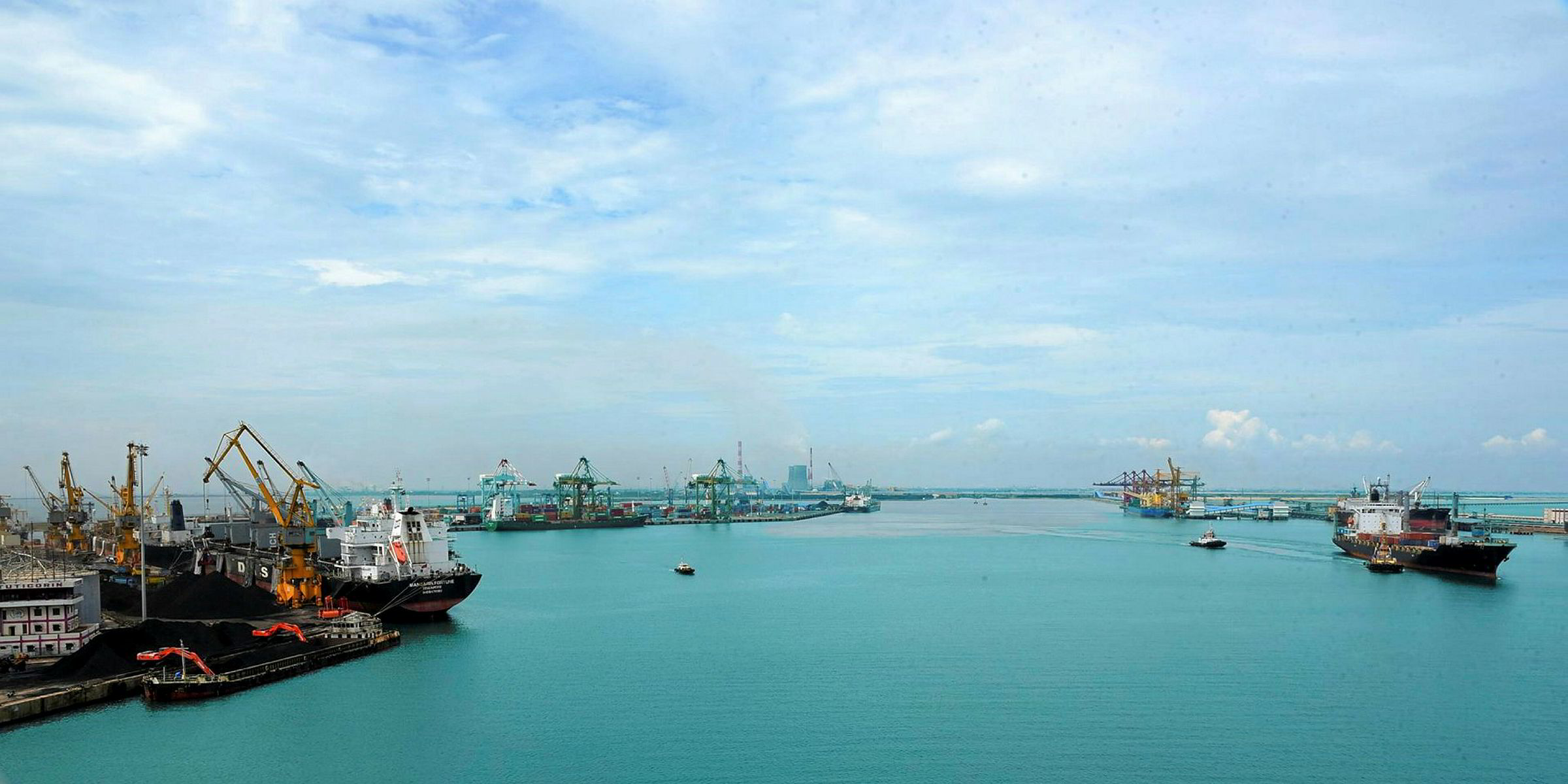The southern Indian state of Tamil Nadu offers potential offshore wind cost-of-energy and capacity factor levels roughly in line with current European projects, according to preliminary estimates from the international FOWIND consortium that is helping lay the ground for development there.
A 500MW offshore wind demonstration project off the Indian state using 6MW or 10MW turbines could see LCoE levels of between 7,362 rupees/MWh and 9,087 rupees/MWh ($113-139/MWh), according to projections in new FOWIND feasibility studies for possible development off Tamil Nadu and Gujarat.
The Tamil Nadu LCoE projections show a lower bound “broadly in line with the UK 2020 target and the upper bound is slightly above, but still tracking, LCoE figures for recent European projects,” said the FOWIND study for the state.
This “appears positive for Tamil Nadu” according to the report, especially as less favourable financial terms have been built into the projections to reflect the higher risk premium in the Indian market.
The LCoE forecast was influenced by capacity factors estimated at 37.1%-38.1% – “which might be considered equivalent to those achieved in recent European projects” – and “promising” wind speed estimates of 8 to 8.3 metres/second.
FOWIND – which is led by the Global Wind Energy Council (GWEC) with help from partners including DNV GL– laid heavy emphasis on the highly preliminary nature of the projections, noting for example that no Lidar measurements have been carried out off Tamil Nadu meaning its forecasts need to be treated with “due caution”.
Tamil Nadu came out better than Gujarat – identified as the other key Indian state for offshore wind development – in the preliminary LCoE and resource projections.
The FOWIND study for Gujarat showed a lowest LCoE projection for the western state at 9,578 rupees/MWh ($147/MWh), with a best capacity factor estimate of 32%.
However, FWOIND – which does not make a direct comparison between the two states – has identified a wide array of factors likely to shape Indian offshore wind development, ranging from policy support to grid infrastructure and port availability, to name but a few.
The organisation said the new reports – which run the rule over potential demonstrator projects of 150MW and 500MW in both states – are the “key milestone for its final year of work”, and stressed that plenty more work is needed at all levels to move the sector ahead.
The Indian government has said it wants offshore wind to play a role in its future renewable energy plans, as it moves beyond its ambitious wind capacity target of 60GW by 2022.
Indian onshore wind achieved prices as low as $38/MWh in recent auctions.
But offshore wind’s advocates believe it will increasingly be able to make a case in India, thanks to its ability to deploy at large scale close to demand centres, the knock-on industrial benefits, and growing pressure on land availability for onshore wind and PV.
GWEC secretary general Steve Sawyer said the studies are "another step forward for offshore wind in India.
"With careful planning and execution India can build a strong domestic industry and get to competitive prices in the offshore quickly much quicker than the 25 years it took in Europe."


